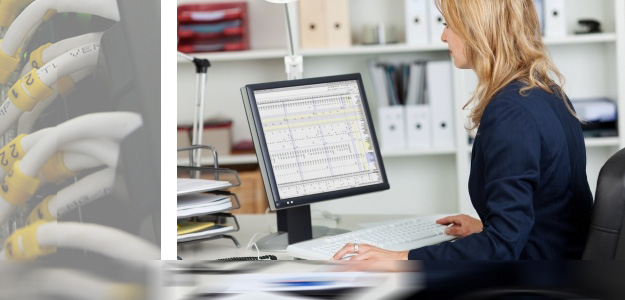 Your broadband Internet connection can open a world of convenience and speed to you. It’s when “Page Not found” and “Connection Timed Out” errors begin appearing on your monitor that you know something is dreadfully wrong with your connection.
Your broadband Internet connection can open a world of convenience and speed to you. It’s when “Page Not found” and “Connection Timed Out” errors begin appearing on your monitor that you know something is dreadfully wrong with your connection.
Let’s going through troubleshooting steps that aim to help you resolve some of the problems you can fix before you have to go through the trouble of scheduling a visit from one of your ISP’s service technicians.
Check For Breaks in the Connection
The typical broadband setup works like this: Your ISP installs a modem or access box that’s connected to a wire outside of your home or to a satellite connection. A separate wire runs to your router or directly to your computer. If it runs to a router, then your computer connects to the router via an Ethernet cable, USB connection or a wireless connection.
If any link in this chain breaks, then your connection will likely stop working as it should.
Your ability to check things will be limited to seeing if the cords are screwed in correctly and any cables aren’t loose. Cables can fail due to being pinched, old age or faults in their manufacturing, which will require you to replace them to test if they’re at fault.
Check the Lights
The next step is to check the lights on all the devices that make up your Internet connection. While they’re limited to telling you if a connection is on, they will generally be able to inform you as to what component is faulty.
The first thing you need to check is your ISP’s modem or access point. Most of these devices will have a small light that turns green when it’s working properly. If this light is missing or if a warning light is lit, then it may be time to contact your ISP for further assistance.
You can then check your router. Generally, every port on a router will have a corresponding light in addition to lights that indicate the power and general status of your router. If any of these lights fail to come on, then you might try switching the ports or replacing the router.
In the event that your router has multiple lights on without any networking cords plugged in, then it’s a good chance that indicates an error message. If all the lights are constantly on, then your router may have stopped working and needs replacement.
Cycle the Power on and Off
Some problems can be fixed with a solution that’s as simple as turning everything on and off. When you do this with your broadband connection, it’s known as power cycling.
As far as how to troubleshoot your broadband internet connection goes, this means that you’ll be turning off every device in your network. Start by turning off any networked devices like computer and printers.
Next, locate your router and turn it off. There will generally be a switch you can flip on the back of it, or you can unplug the power adapter.
You now need to wait anywhere between five to thirty minutes for everything to reset. Once this time has lapsed, you should begin by turning your router on, then any devices that connect to your network.
Check For Computer Errors
Depending upon the operating system your computer uses, you may get information about the problem with your connection from your PC.
In computers that use modern operating systems, you can generally open the networking menu to see a visual representation of your connection. It will show if your computer can connect to your router and then if it can connect to the Internet.
You can use this as a guideline to discover what component of your connection is failing.
If at any point that it turns out to be something outside of your home or it’s something you can’t handle, then it’s time to call up your Internet service provider’s customer support hotline.